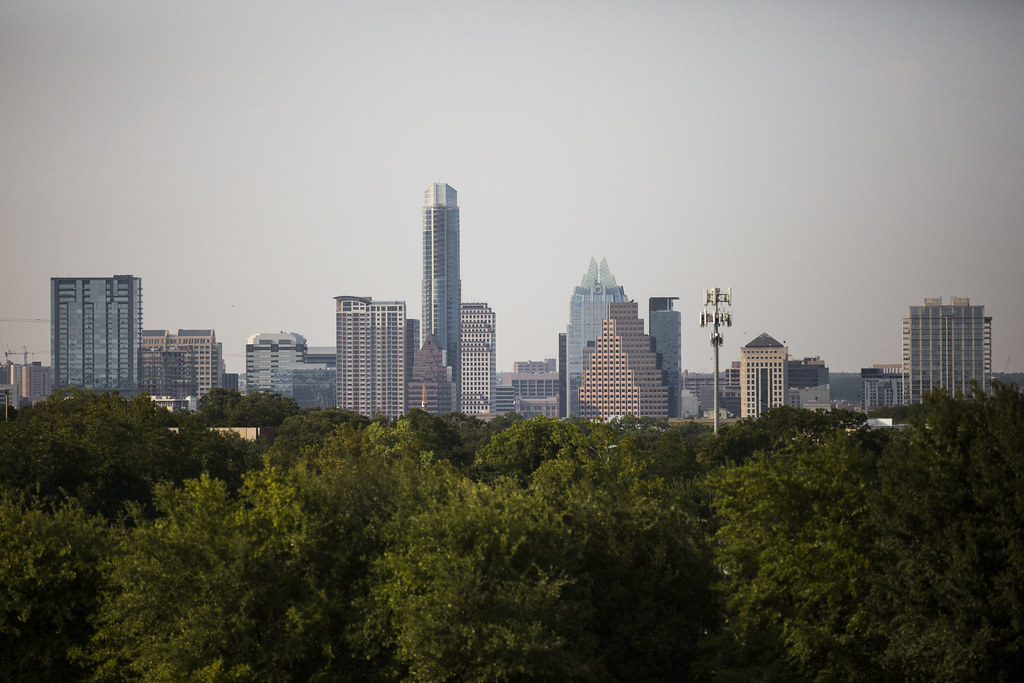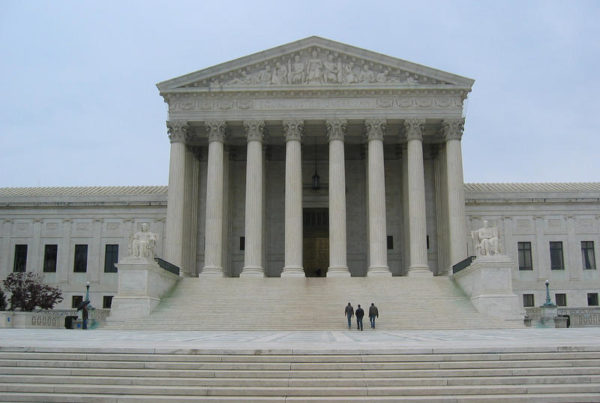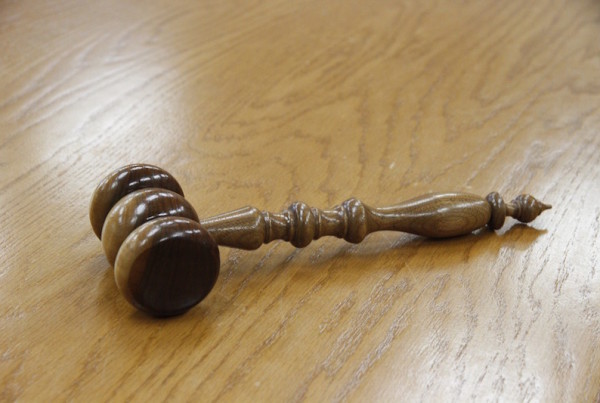Rapidly rising housing costs in Austin have forced low-income residents, especially people of color, to move from their established neighborhoods, or even to leave the city, as development aimed at newcomers replaces homes and other familiar landmarks.
A New York Times report found Austin is set to become the least affordable metro area in the country, outside California.
Edgar Sandoval, a San Antonio-based reporter for the Times, spoke to Texas Standard about why Austin has become so unaffordable, and what city leaders hope to do about it.
Listen to the interview above or read the transcript below.
This transcript has been edited lightly for clarity:
Texas Standard: Is crisis too strong a word to describe what’s happening with affordability in Austin, based on what you found?
Edgar Sandoval: It depends who you talk to. A lot of the residents, especially on the east side of Austin, feel like they’re living in a crisis. When you compare the median house prices in the last 10 years – in 2011 you could find a house for $200,000. Just 10 years later, it’s at least $400,000. So I think people consider that a crisis.
Can you share a couple of the more interesting data points that you found that put what’s happening in Austin into perspective?
What struck me, looking at the data, is the number of people who are moving to Austin. Close to 106,000 people moved to Austin [in the past ten years], which is the size of a mid-sized city, really. So just imagine a mid-sized city moving into Austin and all these people trying to find homes to live in. And a lot of them are actually getting jobs in high tech, which pay a lot of money, so they have the resources to find houses and apartments.
And that’s basically pushing up not just prices, but tax valuations, which makes it untenable for a lot of folks who’ve lived in certain areas for a long time.
Even the people who own homes, their tax rates are going up. So some of them find it unsustainable to stay in their own homes.
You spoke with some people who’ve been displaced from Austin. Tell us about what you learned when you visited the Montopolis neighborhood.
There was one particular [mobile home] park that I found really interesting – the Cactus Rose Park. There were about 30 families who live in that park, and were pretty close knit. They held parties for each other. They watched each other’s children when they were working. And a couple of years ago, not too far away, a new developer came in and basically bought the land. And residents fought for the right to stay there for a handful of years. But eventually they were forced to relocate, and some of them now live in another [mobile home] park near the airport. And some of them have been forced to move more than once.
How do you characterize the Montopolis neighborhood, at least given its history and make up?
It’s a historically Black and brown neighborhood – working class. And now, if you visit any given day, you just see all these new high-rises with big banners announcing sales and offers to move in. And I think there’s a contrast between the old residents and the new buildings all around them, and they had been watching this happen slowly. It was creeping up from downtown Austin until it arrived at the neighborhood.
You mentioned that some of those residents have moved a little bit further east and south, closer to the airport. But I’m thinking, wait a minute, that’s awfully close to the new Tesla factory and the F1 racetrack, right?
So they’re afraid that’s going to be a temporary housing option for them. And they’re just waiting for the moment when they’re going to get a similar notice saying that the land where they live has been purchased, it’s time to move again. And they don’t know where to go because even the towns around Austin are growing at the same pace with the same affordability issues.
But it’s not just housing affordability. This has an impact on services and amenities for longtime residents, too.
Right. A lot of people who live close to downtown have access to grocery stores, bus stops and other transportation – cabs – and now, living close to the airport it is difficult for a lot of them to leave their homes. A lot of them are elderly. If they need medical assistance, they have to wait some time until someone can take them. So it’s become a real challenge for a lot of people who have to relocate.
The City of Austin hired its first displacement officer this year. What did she tell you? How does she see the challenge and what is the mandate for that office?
I think the right word is “challenging.” The goal of the city is not to dissuade new development, but to ensure that fewer people are displaced. And I think part of the plan, which is still in flux – they are still working on some of the details. But the idea is to involve the old residents when a new development is announced and find a way for them to coexist, while also allowing the new buildings to be erected in the area.
What, if anything, could be done to change things on the ground in real terms, if developers are committed to building expensive housing and people are committed to moving to Austin?
It remains to be seen. Some of the activists in the area are skeptical, obviously. One person I spoke with called it “an aspirin for cancer.” So they’re not really trusting this new plan. But they’re hoping they’re going to be part of the process at least, going forward.
Should there be a reconsideration of whether bigness without constraints is the way to go?
I think growth is inevitable. Texas is growing faster than many states in the country. About four million people moved into Texas in the last 10 years. That’s the size of Oklahoma. So it’s inevitable that there’s going to be more need for housing. Austin actually led the nation, despite the pandemic, in new housing. And that’s not enough, obviously. There’s going to be a lot more people coming who need to live somewhere.












